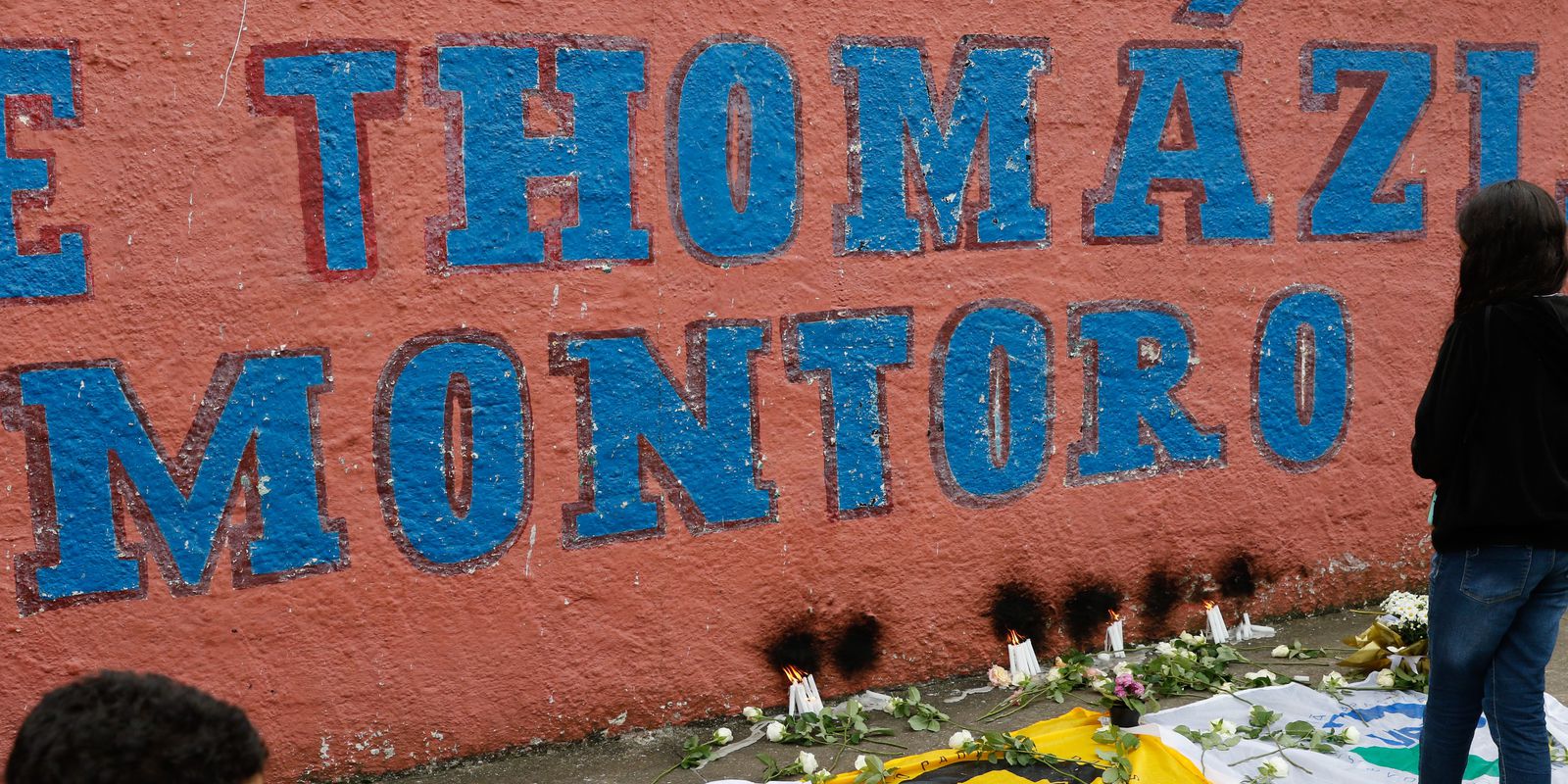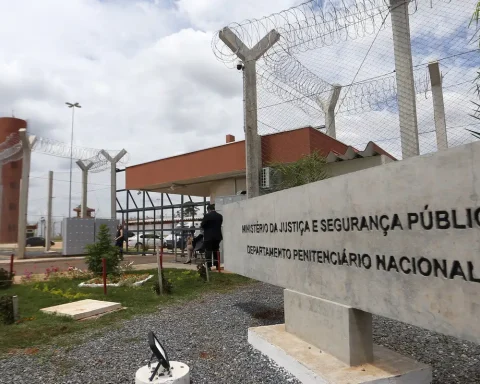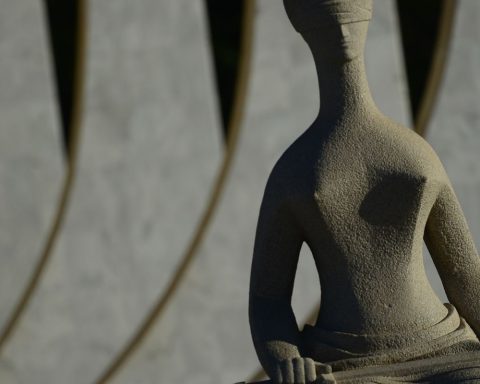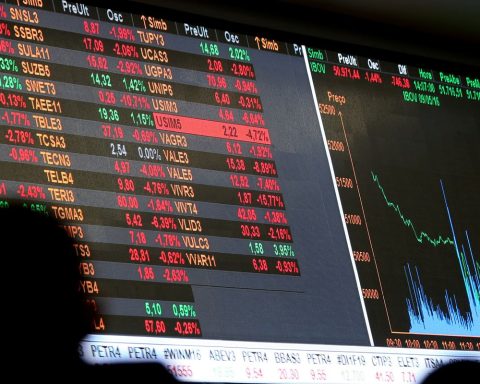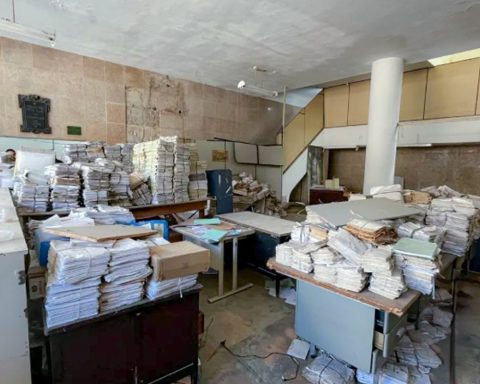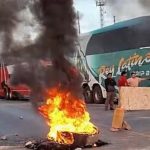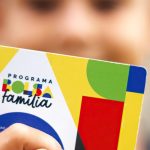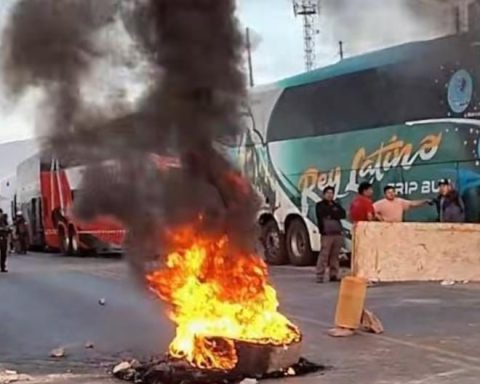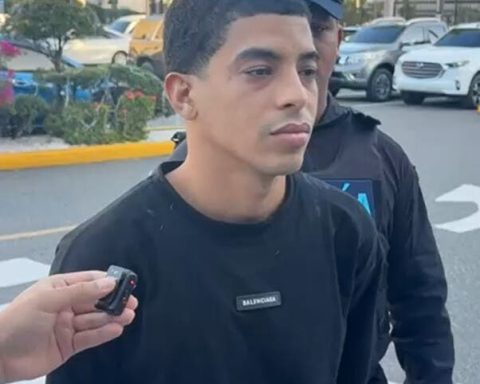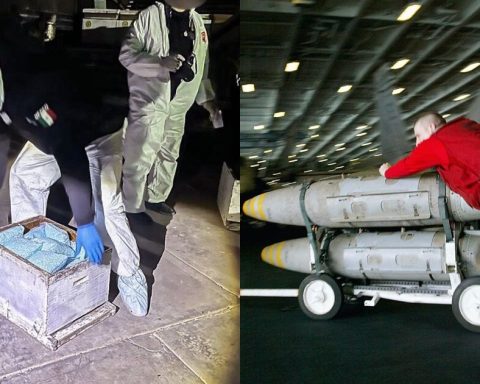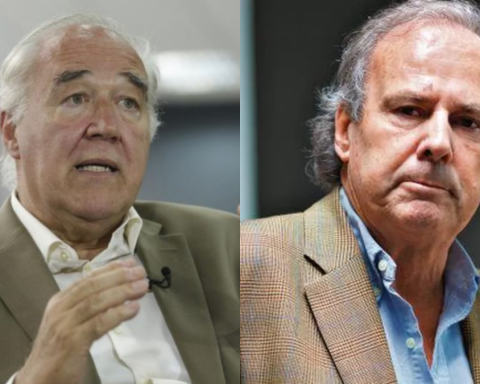Twelve years ago, a 23-year-old young man invaded the school where he had studied in the Realengo neighborhood, in the west zone of Rio de Janeiro, and produced a massacre that shocked the country: armed with two revolvers, he shot at the students, killing twelve. them and then committing suicide. At the time, the frightening episode was treated by the press as it had been until then: something out of the ordinary in Brazil. For some years now, however, the occurrence of several similar cases has demanded the attention of the authorities and raised concern among researchers, who point out ways to face this scenario.
The day before yesterday (5) a day care center in Blumenau (SC) became the target of a 25-year-old man who took the lives of four children. In this case, preliminary investigations did not indicate any link between the aggressor and the institution. Less than ten days ago, another attack caused one death and left five people injured at the Thomazia Montoro State School, in the Vila Sônia neighborhood of São Paulo. The crime was committed by one of his students, aged 13.
In recent years, other similar episodes that had great repercussions in the country were also promoted by students or former students, such as those registered in Aracruz (ES) last year and in Suzano (SP) in 2019.
attacks across the country
According to mapping by the State University of Campinas (Unicamp) on cases of attacks in schools by students or former students, the first episode was recorded in 2002. At the time, when a 17-year-old teenager shot at two colleagues inside the classroom class at a private school in Salvador. Unicamp’s survey leaves out unplanned episodes of violence, which may occur, for example, as a result of a fight.
22 occurrences since 2002 were listed, and on one occasion the attack involved two schools. In three episodes, the crime was committed in pairs. In five, the shooters committed suicide in the sequence. In all, 30 people died, including 23 students, five teachers and two school employees.
Of the total cases, 13 (more than half) are concentrated only in the last two years.
right-wing extremism
The concern with the situation led the professor at the Faculty of Education at the University of São Paulo (USP), Daniel Cara, to coordinate the creation of a group formed by 11 researchers from universities in different states of the country. At the end of last year, they prepared a document analyzing the scenario and proposing concrete strategies for government action.
According to the researchers, these cases should be classified as right-wing extremism, as they involve the co-option of teenagers by neo-Nazi groups that rely on the idea of white and male supremacy and encourage them to carry out the attacks. These groups spread a discourse that values prejudice, discrimination, the use of force and that directly and indirectly encourages aggressive and violent acts. For the researchers, preventive measures will only be effective if they act on this scenario.
“It is necessary to understand that the process of co-option by the extreme right takes place through virtual interactions, in which the teenager or young person is frequently exposed to extremist content disseminated in messaging applications, games, discussion forums and social networks”, register the document.
The presence of symbols associated with far-right ideologies has been recurrent in these violent acts. The author of an attack carried out in February this year with homemade bombs at a school in Monte Mor (SP), which did not result in deaths or injuries, was wearing an armband with the Nazi swastika. A similar article was used in the massacre that left four dead and several injured in two schools in Aracruz in November last year. The young man responsible for the episode of violence wore an armband with an emblem that was used by German Nazis on the sleeve of his camouflage clothing.
siege mask
In the recent attack recorded in Vila Sônia, in São Paulo, as well as in Aracruz last year, the perpetrator was still wearing a skeleton mask. Used by the character Ghost from the game franchise call of dutyit is known as siege mask and became popular in forums of gamers extremists to later become an apparatus for identifying neo-Nazi sympathizers around the world. It is now a hallmark of far-right acts.
It appears, for example, in January 2021 at the invasion of the Capitol, the building that houses the United States Congress, by a crowd unhappy with the defeat of former President Donald Trump in the country’s presidential elections. She was also present at the anti-democratic acts that took place in Brasília on January 8 of that year. Images from security cameras captured the image of a man wearing the mask among the group of supporters of former President Jair Bolsonaro who destroyed the Planalto Palace and defended a military intervention to overthrow the newly-initiated government of President Luiz Inácio Lula da Silva. Silva.
According to some researchers, the siege mask was adopted by far-right groups for its similarities to the skull that was used as an emblem by the Totenkopf, a division of the SS, a paramilitary organization linked to the Nazi Party that acted directly in the Holocaust. This mask is also associated with the massacre carried out by a duo that left eight dead in 2019 at the Raul Brasil State School, in Suzano. One of those responsible for the crime used it in photos shared on social media.
“Sense of Belonging”
Educator Telma Vinha, coordinator of the survey carried out by Unicamp, observes that there is a more frequent profile among the perpetrators of the attacks: young white men, generally with low self-esteem and unpopularity at school. “They are not popular in the group. They have many virtual relationships, but not so much face-to-face. And they lack perspective, purposely in terms of the future”, he pointed out in an interview aired on March 30 by TV Unicamp.
The researcher also claims that the existence of undiagnosed mental disorders or without proper follow-up is common. These situations can develop or be aggravated by the difficulty of relationships in schools, which can occur, for example, with those who are targets of bullying. bullying. Some also experience prolonged situations of exposure to violent processes at home, including family negligence and parental authoritarianism, which contribute to the development of an aggressive profile in the domestic sphere.
Telma observes that co-option has occurred through games onlinewhere there chats parallel. From there, they move to forums and social networks where violence and misogynistic and racist speeches are encouraged. In the virtual environment, these young people can experience a sense of belonging to a group that they do not have at school. The growth of attacks has also been linked as a possible outcome of the covid-19 pandemic. This is because the consumption of electronic games grew during periods of social isolation, which would leave young people more exposed to co-option by groups that spread hate speech.
According to the educator, most of the time, these are not crimes of passion, motivated solely by revenge or anger triggered by treatment received. The authors plan them to make the greatest number of victims, as their objective is to seek public notoriety and recognition of the virtual community.
“Even acting in isolation, they believe they are part of a movement, they feel part of something bigger”, he explains. She also points out that Brazil is not experiencing an isolated phenomenon, but that cases with very similar characteristics are also being registered in other countries.
In the United States, where massacres produced by young people in schools occur longer and more frequently, a survey carried out by the Washington Post newspaper (link: https://www.washingtonpost.com/education/interactive/school-shootings-database/ ) mapped 377 incidents since 1999. Considering only 2021 and 2022, there were 88, almost a quarter of the total.
In Brazil, according to Unicamp’s mapping, the attacks registered since 2002 took place in 19 public schools, including state and municipal ones, and four private ones. According to Telma, the profiles of the institutions are different. Therefore, there is no reason to blame them. She says she’s met teachers who wondered if they did something wrong.
“There is nothing that explains why it happened in a certain school and not in another. It could happen anywhere. There are schools located in more violent regions than those that were attacked. Attacks occur in schools with different levels of structure”, he ponders.
Ways
After the last attacks, the government of São Paulo hastened to announce some measures, among them the allocation of police officers inside schools and the expansion of investment in a conflict mediation program in teaching units. In Santa Catarina, the mayor of Blumenau promised to create a prevention protocol to avoid new cases.
The repercussion of recent cases also led to the adoption of measures in other states. The government of Rio de Janeiro announced the creation of a Permanent School Safety Committee with representatives from Public Safety and Education to act in preventing situations of violence in public and private schools. In turn, the federal government created an interministerial group to analyze public policy proposals.
